Between fall 2019 and fall 2023, public school enrollment fell from 50.8 million to 49.5 million students. That loss of 1.2 million learners underscores a profound transition. More than a statistical drop, the trend challenges budgets, facilities, and long-term planning across districts nationwide.
The Roots of the Decline
While COVID-19 hastened the departure from public schools, demographic shifts were already underway. Declines hit hardest in kindergarten and early elementary grades, with some areas reporting double-digit losses. Lower birth rates, increased homeschooling, and alternative schooling options have all contributed to parents rethinking traditional education models after the pandemic.
State-Level Hotspots
California leads the nation in raw declines, shedding about 325,000 students—around 5 percent of its total enrollment. Other states with over 5 percent losses include New York, West Virginia, Colorado, Oregon, Mississippi, New Mexico, Hawaii, Rhode Island, and New Hampshire. By contrast, a handful of Midwestern and Southern states reported modest gains.
Urban District Struggles
Cities face particularly stark challenges. In Indianapolis, public school enrollment has fallen from over 100,000 in the 1960s to around 42,000 today—yet the district still operates a similar number of schools. With rising competition from charter schools and strained tax revenues, districts must reassess transportation, facilities, and equitable service delivery.
Budgets Under Pressure
Declining student rolls directly reduce funding, which is tied to headcount. Yet schools still shoulder staffing, infrastructure, and operational costs. In cities like Chicago, San Antonio, and Philadelphia, per-student spending has risen even as enrollment shrank. This paradox forces tough debates about class sizes, budgeting priorities, and effective resource allocation.
Demographic Shifts Beneath the Surface
Not all groups are equally affected. White student enrollment has experienced double-digit declines in many regions, while Black student enrollment has also fallen, though less sharply. By contrast, Hispanic and Asian student populations continue to grow, albeit more slowly. These shifts reveal complex changes in school participation and highlight widening inequities.
Projections for the Future
National forecasts suggest that enrollment could fall below 47 million by 2031. This continued contraction may be accelerated by homeschooling growth, expanded private schooling, and other alternatives. Unless districts adapt strategically, the next decade could see closures, consolidations, and restructured programming become the norm rather than the exception.
District Adaptations in Progress
To cope, districts are adopting varied strategies. Some are closing or consolidating under-enrolled schools. Others are redrawing boundaries, merging programs, or repurposing facilities into community hubs. Diversified offerings—such as dual-language programs, magnet schools, or STEM academies—are also being used to retain families and respond to shifting demographics.
Equity at the Forefront
School closures and consolidations often disproportionately impact low-income and minority communities. In districts facing stark racial or socioeconomic segregation, leaders are exploring integration strategies, resource pooling, and broader programming designed to stabilize enrollment. Without deliberate equity planning, the decline risks further marginalizing vulnerable student populations.
Rethinking the Public School Model
The era of one-size-fits-all schooling is ending. To remain sustainable, districts must balance efficiency with community needs. That means acknowledging the realities of school choice while strengthening the role of public institutions. Innovation, flexibility, and responsiveness to parents’ expectations will define whether public schools remain competitive and inclusive.
The Leadership Challenge
For leaders in Los Angeles, Indianapolis, and Chicago, difficult trade-offs lie ahead. Should neighborhood schools be preserved at all costs, or should efficiency guide decisions? Can staffing be maintained while budgets shrink? How can equity coexist with parental autonomy? These are the defining questions shaping the future of public education.
A Call to Action
America’s public schools face a pivotal crossroads. Declining enrollment, shifting demographics, and rising per-student costs are converging into a perfect storm. Without bold reforms, the system risks normalizing contraction. To safeguard high-quality education for all, schools must adapt quickly—transforming today’s crisis into an opportunity for reinvention.

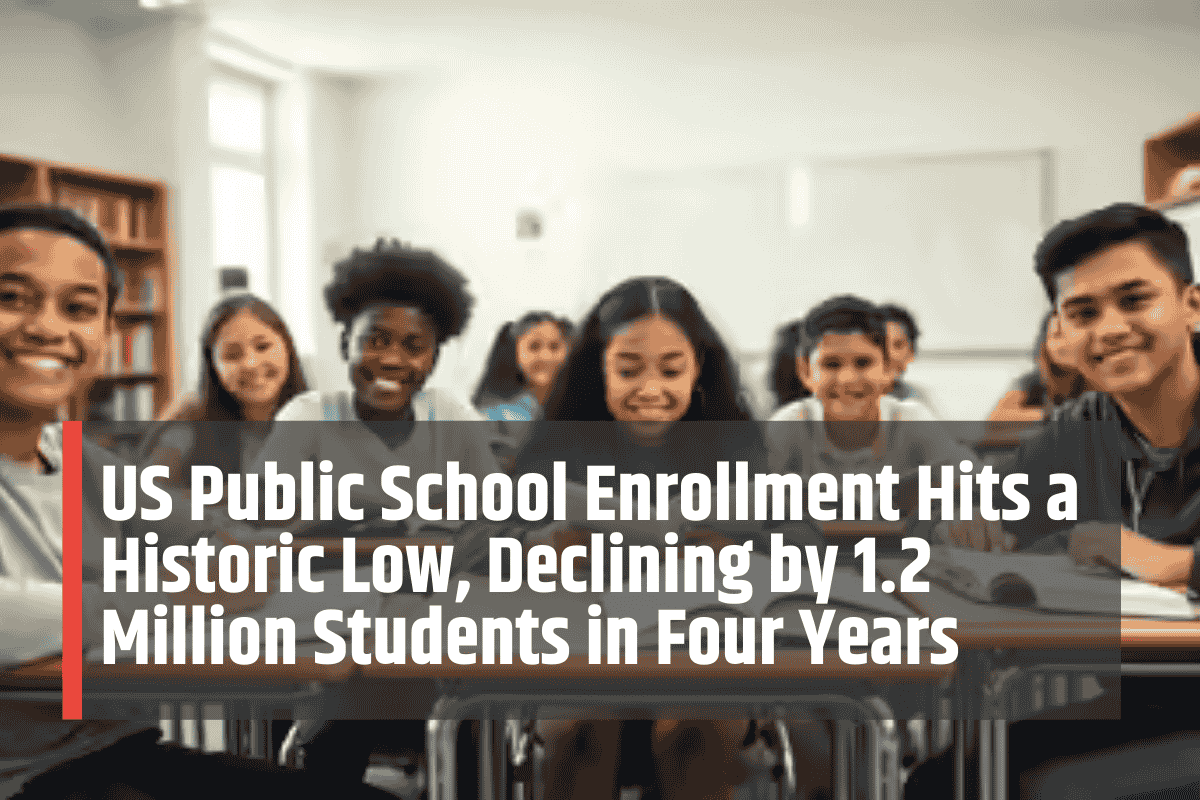

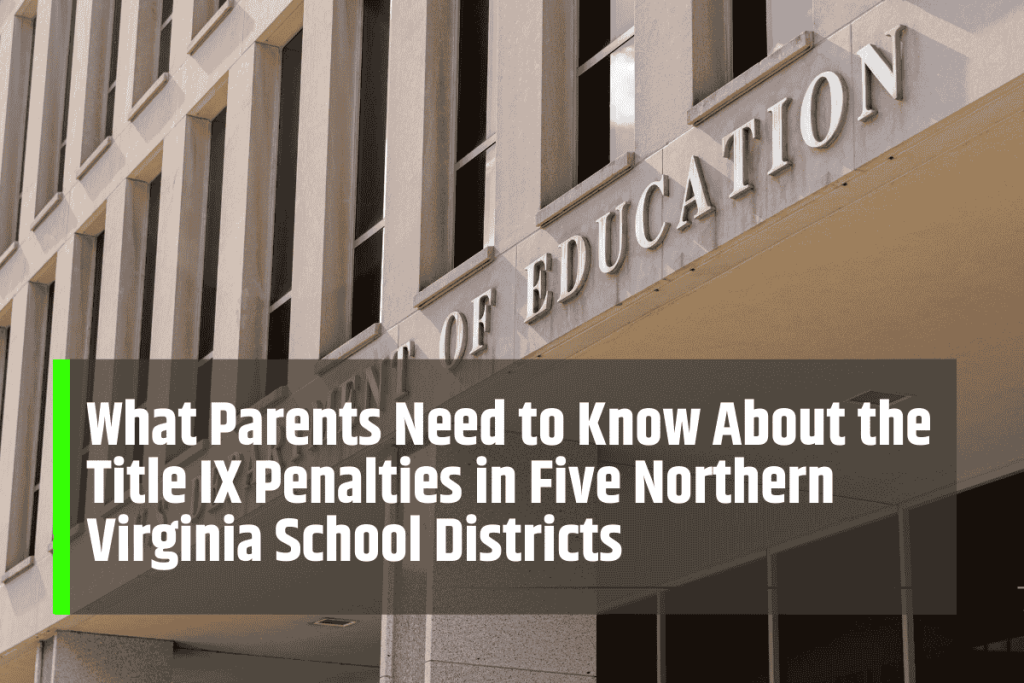
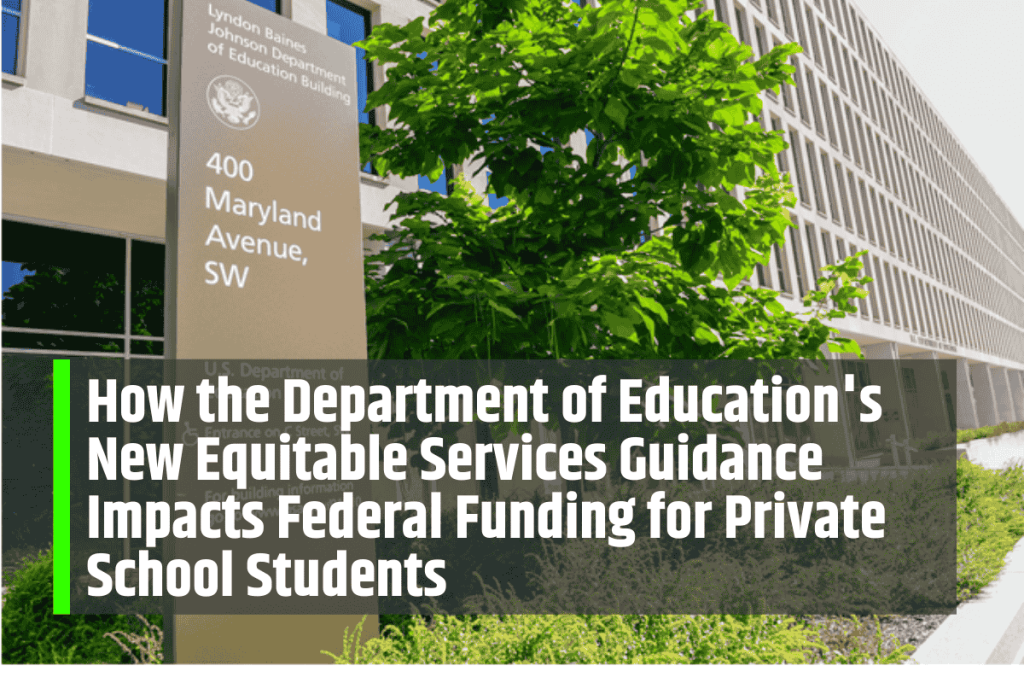
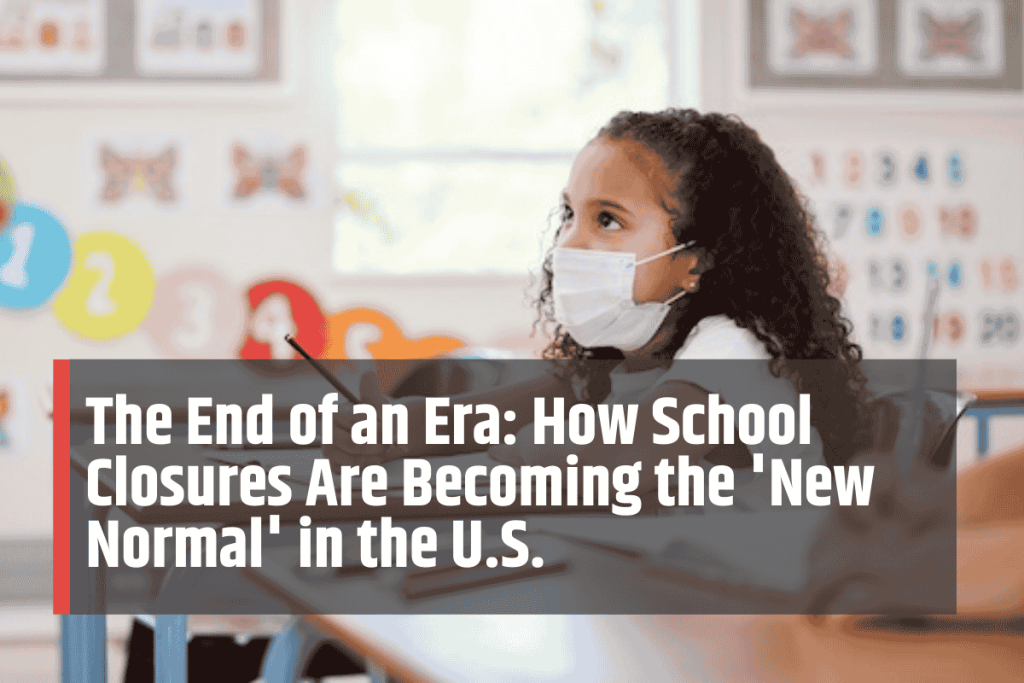


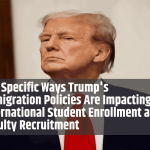

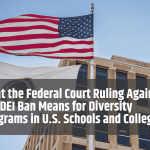
Leave a Comment